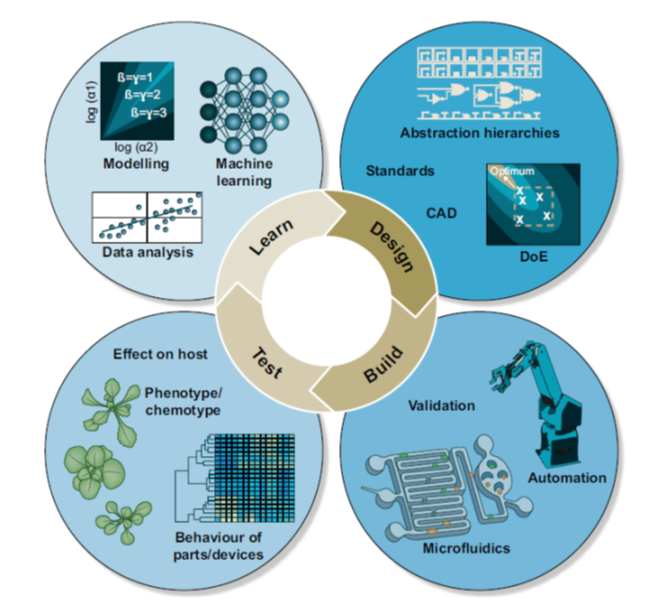
Review. Beyond natural: Synthetic expansions of botanical form and function (New Phytol.)
“The goal of synthetic biology is to advance the ability to dependably and consistently design or reprogram living organisms and to fabricate products from biologically-derived materials.” In this review, Patron focuses on the principles derived from engineering that are foundational to synthetic…

The Q-System as a synthetic transcriptional regulator in plants (Front. Plant Biol.)
The ability to reliably induce a transgene has greatly enhanced the study of plant biology. Various chemical inducible system have worked robustly in plants, but plant synthetic biology is still lacking an efficient orthogonal (from outside) inducible system where multiple genes can be controlled at…
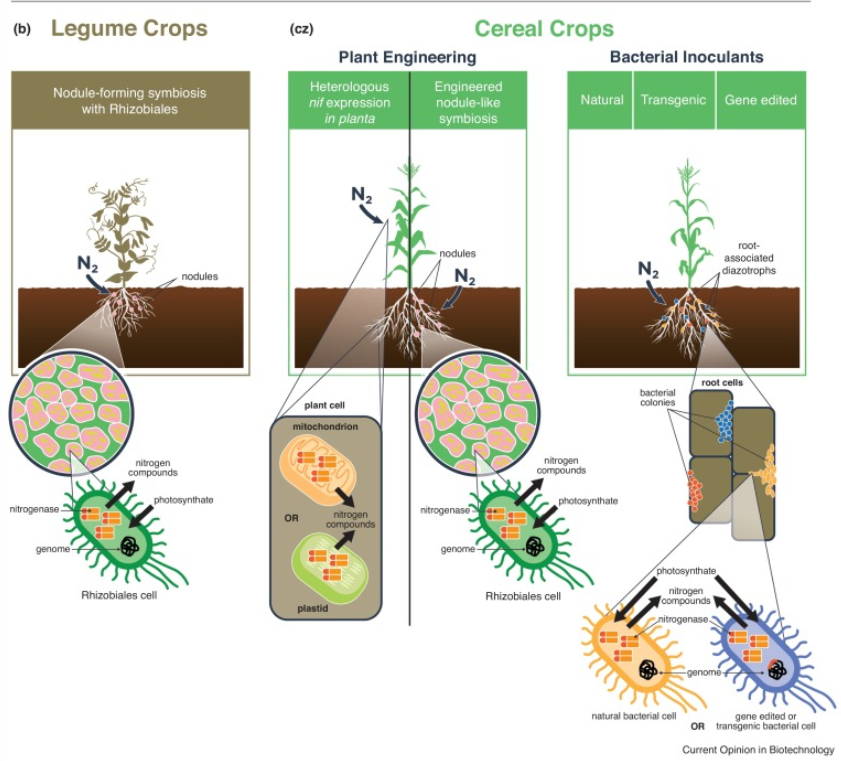
Review: Harnessing atmospheric nitrogen for cereal crop production ($) (Curr. Opin. Biotechnol.)
Nitrogen demands for plant growth are accomplished through fertilizers or biological nitrogen fixation. Industrial production of nitrogen fertilizer is expensive and causes pollution due to leaching of unused fertilizer. In this review, Bloch et al. discuss the current status of biological nitrogen fixation…
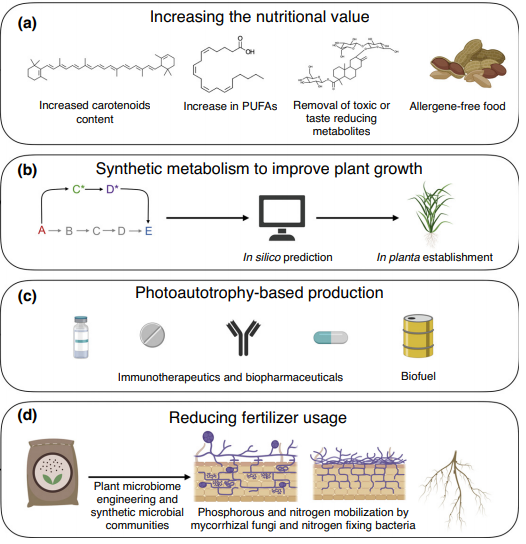
Review: The impact of synthetic biology for future agriculture and nutrition
The synthetic biology field is going to be important for the decade we began in order to face climate challenges, including food security. However, plant synthetic biology lags behind bacterial and other eukaryotic systems. Roell and Zurbriggen summarize in this review, many of the projects that are…
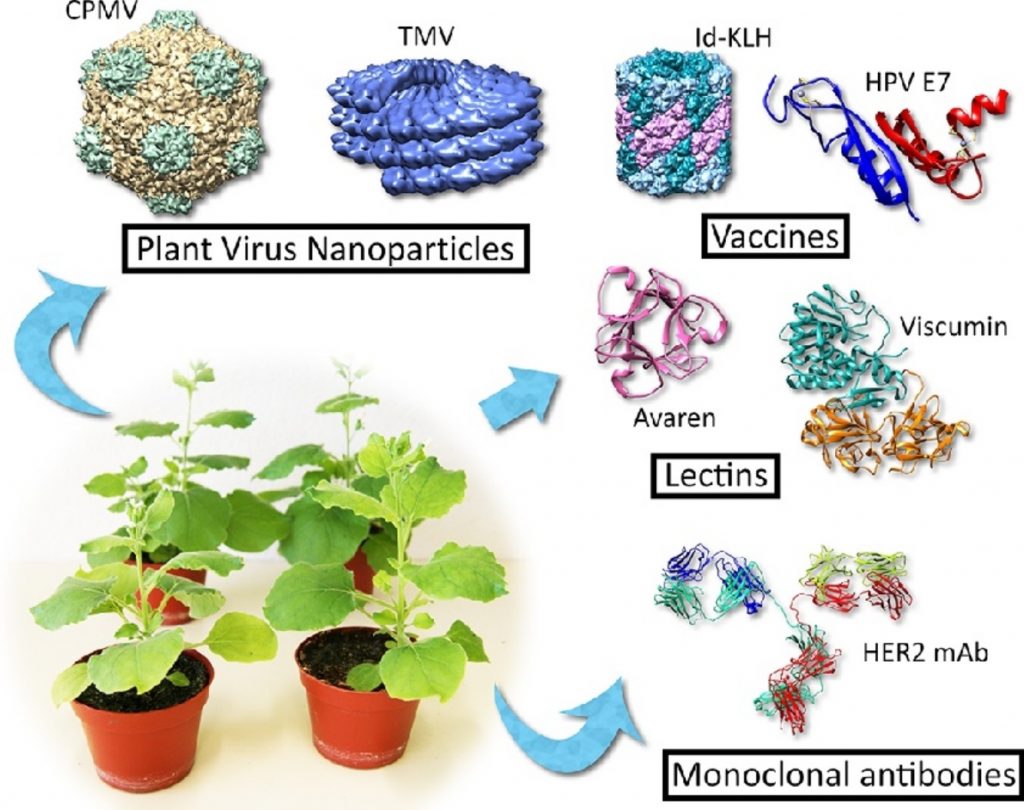
Special Current Opinion in Biotechnology issue Issue: Plant Biotechnology
Since most of us will have a few days off this coming week as we welcome in 2020, I’d like to highlight some of the engrossing reviews in this special issue of Current Opinion in Biotechnology, edited by Ralf Reski, Gary Foster & Ed Rybicki. Several of the articles focus on Molecular Pharming,…
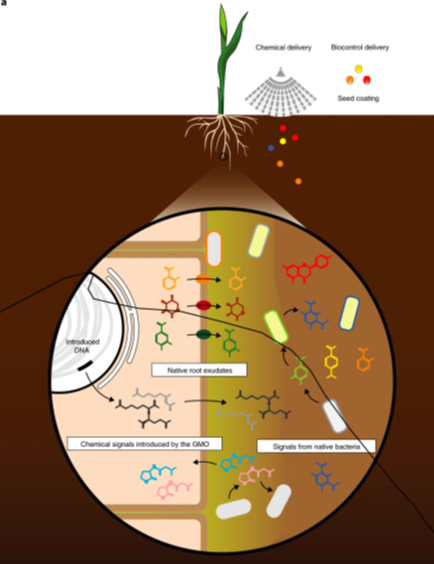
Control of nitrogen fixation in bacteria that associate with cereals (Nature Microbiol)
Legumes benefit from mutualistic symbioses with Rhizobia bacteria, which are induced to fix nitrogen when inside of the nodules produced by the plant. Cereals also associate with Rhizobia, but without nodules they don’t fix nitrogen. Ryu et al. set out to engineer inducible nitrogenase activity in…

Conversion of Escherichia coli to generate all biomass carbon from CO2 (Cell)
Plants are photosynthetic autotrophs, meaning they use light energy to feed themselves, with carbon dioxide as a carbon source. Heterotrophs like E. coli require organic carbon. Here, Gleizer et al. have rewired the metabolism of E. coli to make it into a (non-photosynthetic) autotroph, meaning it can…
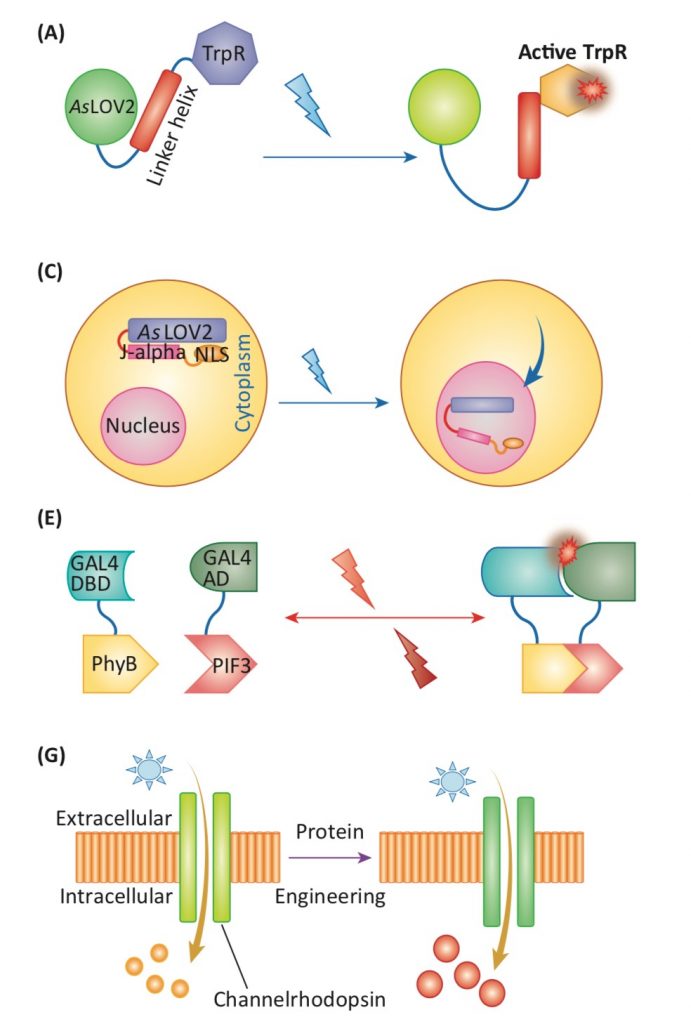
Review: Design and engineering of advanced plant optogenetics systems (TIPS)
Review: Design and engineering of advanced plant optogenetics systems
Optogenetics uses light-sensitive proteins to trigger specific outputs in the cell in response to particular wavelengths of light. Many optogenetic systems use chimeric proteins that contain different sensor and effector…
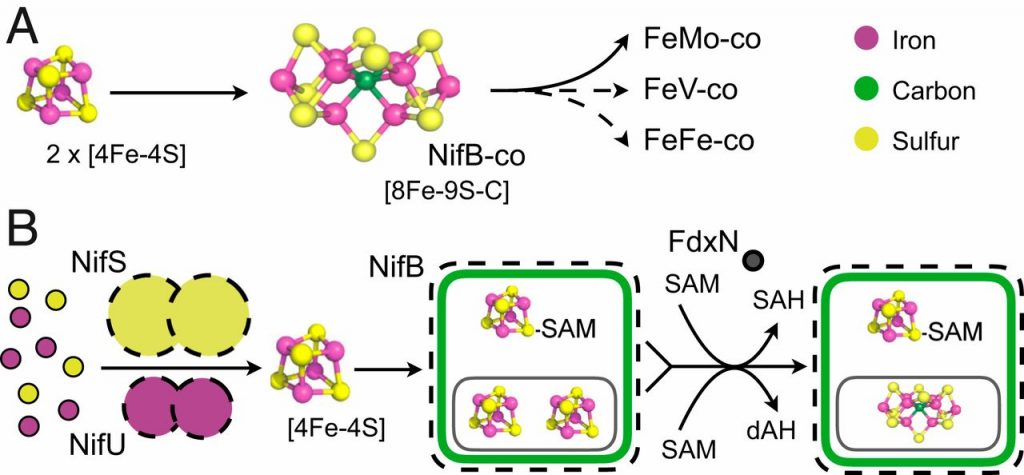
Biosynthesis of the nitrogenase active-site cofactor precursor NifB-co in Saccharomyces cerevisiae (PNAS)
Nitrogenases are large, multisubunit enzymes that require complex metal cofactors. They are the only enzymes capable of fixing N2 into usable form, and are only produced by some archaea and bacteria; “nitrogen-fixing” legumes actually depend on the presence of their bacterial symbionts for this function.…

